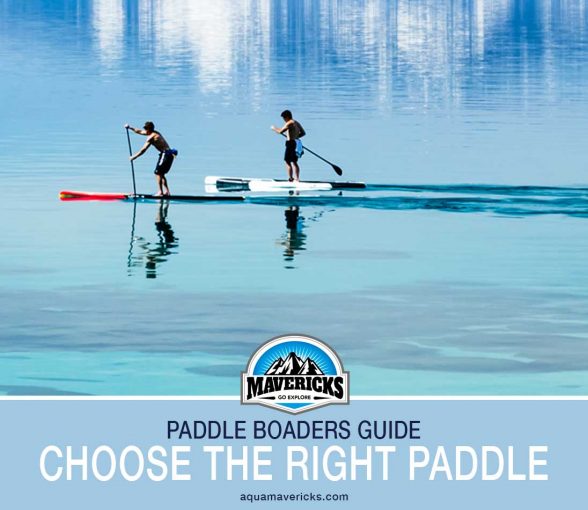How to Choose a Paddle for Paddle Boarding
The paddle should stand straight from the ground to your outstretched hand. While this may seem uncomfortable at first, this method compensates for the fact that a large portion of the head of the paddle will be immersed in the water. Much like the canoe paddles used by early Hawaiians, wooden paddles are still used. However, they tend to be on the heavy side and while wood is very strong, they can get tiring on longer paddles.
Check out our guide to the best paddles for paddle boarding here
Collapsible paddles are usually comprised of a plastic head and an aluminium shaft, and are the standard paddles for many inflatable paddle boards. Their ability to collapse means that they are very portable and fit into the world of the inflatables. Like wood paddles, collapsible paddles can tire out a paddler after a while due to the weight of the paddle. Furthermore, with the paddle studded with holes (for adjustment), it is also susceptible to go down under the surface of the water.
There is absolutely nothing worse than losing a paddle while out in the middle of a body of water, and even worse when at sea. The plastic paddle head also runs the risk of damage. Unlike the more durable wooden paddle, plastic heads can get damaged heavily and then there’s always the risk of it melting in the unfortunate event that it meets a heat source. Finally, there’s carbon fiber paddles. Typically coming in black, as most carbon fiber products often do, these paddles sport a sleek, futuristic look.
The main attraction with these paddles are their weight. Carbon fiber is lighter than both solid wood and collapsible paddles, which makes your arms very happy, especially on those long paddle journeys. Carbon fiber paddles are usually a single hollow piece which means that they float! No longer will you have to watch in despair as your only paddle sinks to the depths. The disadvantage is that carbon fiber products tend to command premium pricing which means that they will, most likely, cost much more than the other types of paddles.
Remember that Laird Hamilton took months to develop the perfect paddle to use with SUPs. The same basic design is now used throughout the industry in various forms and styles. Determining the length of the paddle should not be a mystery or a puzzle. In fact, it is pretty straightforward and all you need to do is raise your arm, literally. Stand up straight and raise your dominant arm up in the air. The video below gives you good advice on the correct length of paddle.

